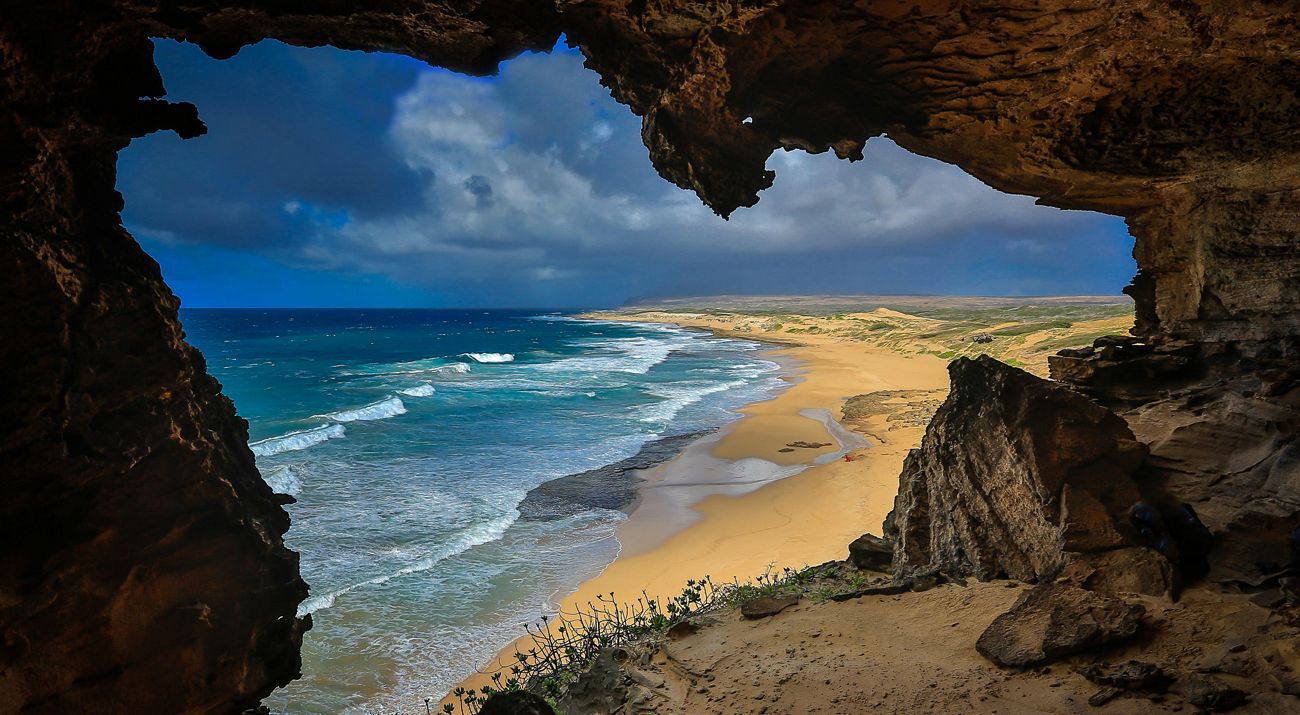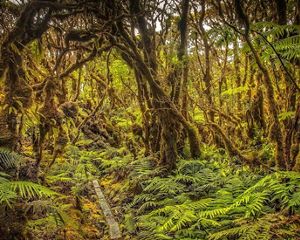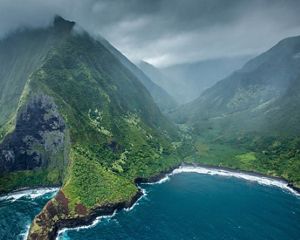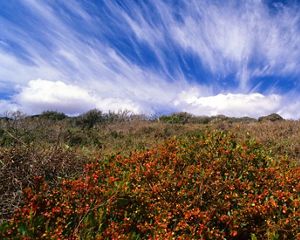Description
Why You Should Visit
Mo‘omomi Preserve is a last stronghold of a major Hawaiian coastal ecosystem, a holdover from an ancient era. Strong and steady northeast trade winds shape the dunes of Mo‘omomi, creating linear dunes a mile long and hundreds of feet wide. At first glance, these dunes appear nearly barren. Yet within these vast communities of native grasses and shrubs grow more rare coastal species than in any other single place in the main Hawaiian Islands.
What to See: Plants
The preserve harbors more than 22 native Hawaiian plant species, four of which are globally rare or endangered. These rare plants, like ‘akoko and ‘ena ‘ena, thrive in the dry, windy, salt-sprayed environment. A member of the sunflower family, Tetramolopium rockii, is known to be found only at Mo‘omomi.
What to See: Animals
Mo‘omomi Preserve is an important nesting site for the endangered green sea turtle. Deposits of bird bones reveal that the dunes were once home to at least 30 bird species, about one-third of which have since become extinct: a sea eagle, a Grallistrix or stilt owl, a flightless ibis and a giant flightless duck, among others. The Hawaiian owl (pueo) is one of the few native land birds that can still be observed regularly at Mo‘omomi. Native shorebirds, like sanderlings and plovers, and seabirds, like the great frigatebird (‘iwa) and the wedge-tailed shearwater (‘ua‘u kani), can also be seen along the shoreline.
Why TNC Selected This Site
Over time, most of Hawai‘i’s native beaches have been lost to coastal development. Today, Mo‘omomi Preserve, created in 1988, is the most intact beach and sand dune area in the main Hawaiian Islands.
What TNC Has Done/Is Doing
Mo‘omomi Preserve is managed in partnership with the State Department of Land & Natural Resources through the Natural Area Partnership Program. By protecting the dunes and beaches of Mo‘omomi, TNC is safeguarding native plants found nowhere else on earth. We’re also protecting potential habitat for the endangered Hawaiian monk seal and for seabirds like the Laysan albatross, in the hope that these species will colonize Mo‘omomi’s pristine beaches.



